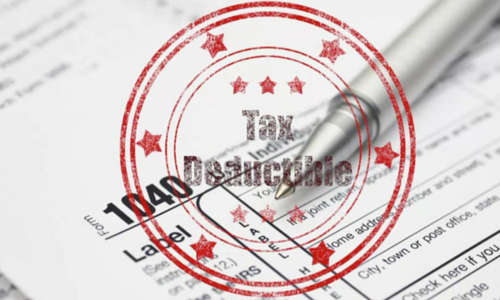Tax Year 2018 is the first year that the Tax Cuts and Jobs Act of 2017 takes effect, and there are some significant changes.
Child Tax Credit
In 2017, the tax credit was $1,000, but as of 2018, it doubled to $2,000. As a tax credit, it is a dollar-for-dollar decrease in your taxes owed, rather than decreasing your income. For example, if you owed $2,000 in taxes and could claim one child, the child tax credit would offset your tax.
There is another useful change for parents. Previously the child tax credit was non-refundable, but now it’s refundable, meaning if the credit exceeds your tax liability, you receive the difference. There are, however, several stipulations:
- The child must be 16 years old or younger as of 12/31/18, related to you or legally adopted, and claimed as a dependent. The child must also be a U.S. citizen or national or a legal resident alien, have a social security number, and have lived with you for more than half the year (with allowances for school, vacation, medical care). A newborn, even if born on New Year’s Eve 2018, is eligible for the entire child tax credit.
- The refundable portion is equal to 15% of your earned income over $2,500, up to $1,400. For example, if you have 1 dependent under 17, your earned income (minus $2,500) is over $12,000, and you owe no taxes, you will be refunded $1,400.
- The Child Tax Credit phases out as income increases, at $400,000 for married couples filing jointly, $200,000 for other filing statuses.
Credit for Other Dependents (“Family Tax Credit”)
New for 2018, if you claim as a dependent a child of 17 or 18 (or up to 24 if a full-time student), or if you claim a disabled or elderly person, you may receive a $500 tax credit for each. There are similar restrictions as those of the Child Tax Credit and a person cannot be claimed for both credits.
Personal Exemption vs. Standard Deduction
Prior to 2018, you could take a personal exemption for yourself and each dependent of $4,050 each. As of the 2018 tax year, the personal exemption has been eliminated, but the standard deduction has been doubled.
Child and Dependent Care Tax Credit
This tax credit can refund 20-35% of up to $3,000 spent to care for a child under 13 or an incapacitated spouse or parent. If you pay for the care for two or more dependents, it doubles to $6,000. Again, there are qualifications for the dependent and restrictions regarding who is receiving the payment. For instance, you can’t pay your 17-year-old to care for your toddler and claim the tax credit. Talk to your tax advisor for specifics.
Earned Income Tax Credit (EITC)
The EITC is particularly directed at lower income individuals and families, but don’t assume you don’t qualify. If this is your first child, it will have a major effect on your EITC eligibility, more than doubling your allowable income to qualify. This is also a refundable credit, so even if your tax liability is below the EITC, you may get a check from the federal government.
Other options
There are a number of other opportunities you should discuss with your tax accountant: adoption credit, filing status changes, changing your withholdings at work, a Child Care Reimbursement Account, college savings accounts, a child’s IRA, and shifting investments to children. For 30 years, we have been helping individuals use every option available to them in the tax law to get the best return. Give us a call to see how we can help you.





